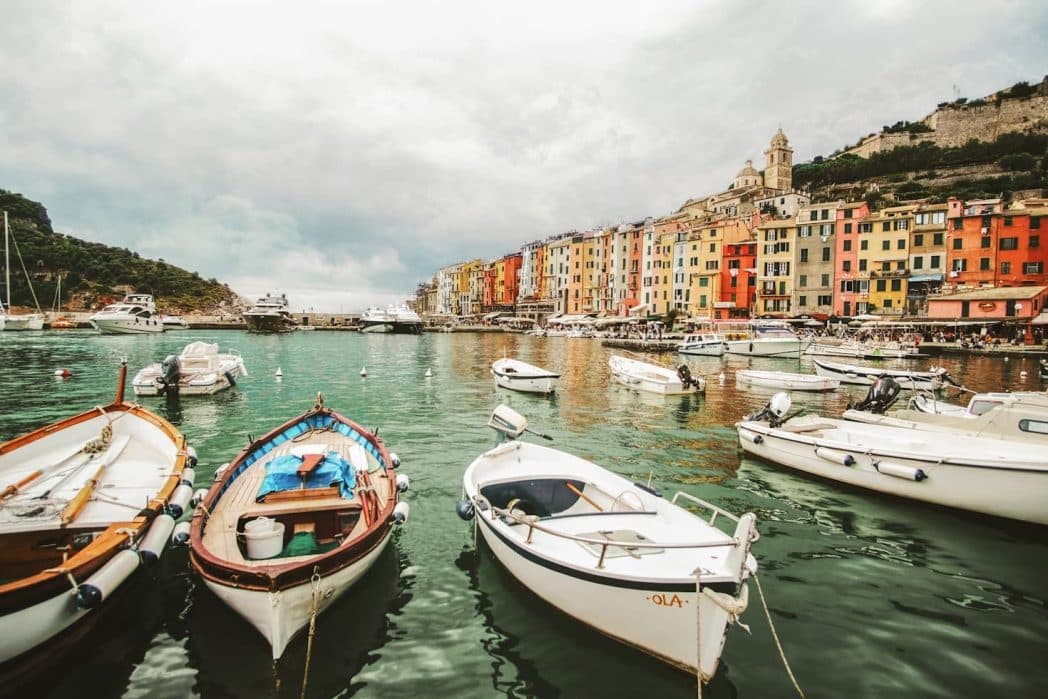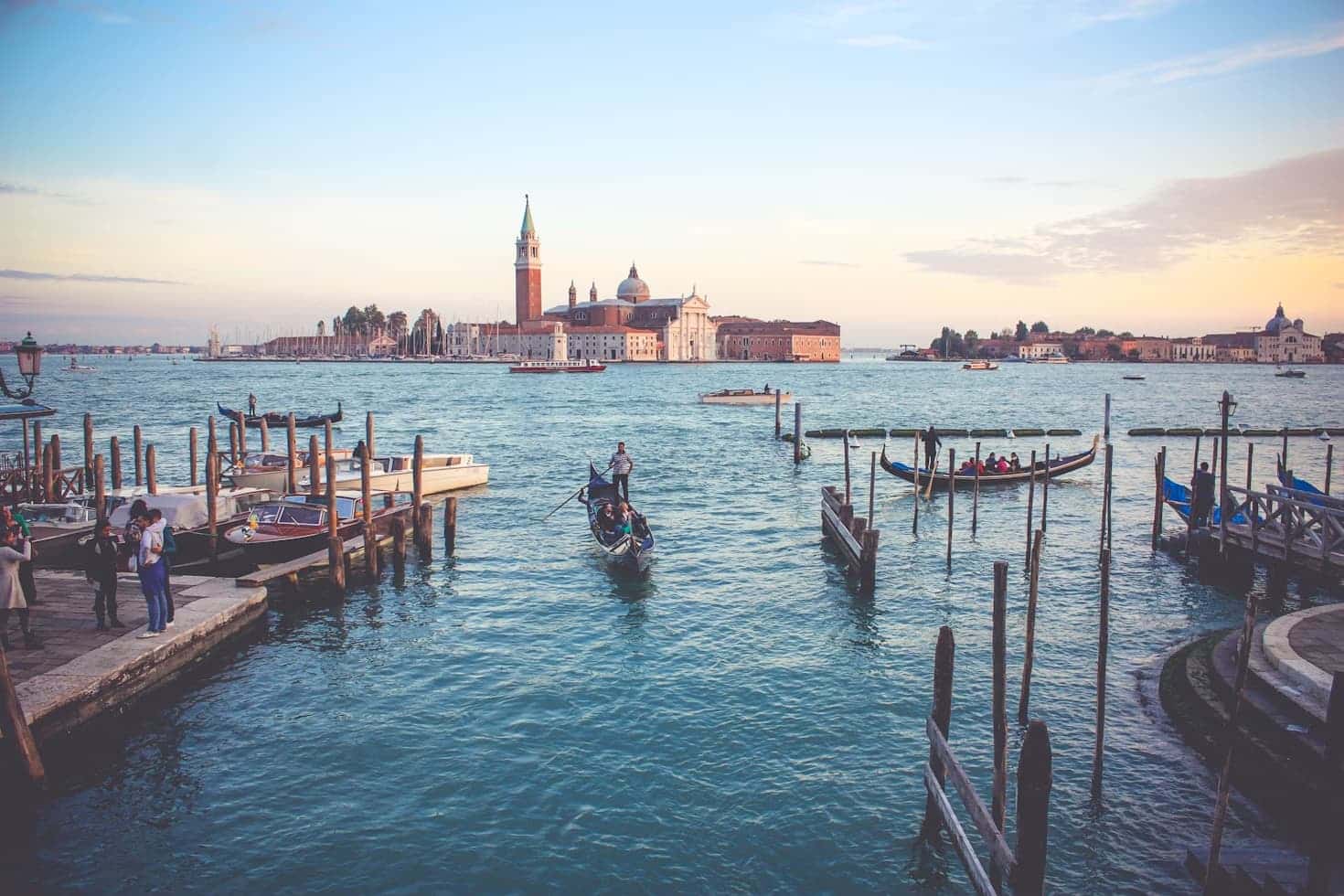In recent years, Italy’s boat traffic has undergone significant shifts, influenced by a variety of global factors ranging from climate change to evolving economic trends and geopolitical issues. These changes are impacting not only the country’s bustling ports and coastal communities but also its standing as a key player in global maritime trade. With a strategic location at the heart of the Mediterranean, Italy is more vulnerable than most European countries to shifts in global marine dynamics. Through tracking platforms like MarineTraffic, it’s possible to observe how Italy’s waterways are changing in real time, highlighting the complexity and magnitude of the issue.
Climate Change and the Mediterranean Sea
One of the most profound global factors affecting Italy’s boat traffic is climate change. Rising sea levels and shifting weather patterns are making maritime navigation increasingly unpredictable. The Mediterranean Sea, which surrounds much of Italy, has warmed significantly in recent decades, contributing to more frequent and severe storms. These changes are forcing both commercial vessels and smaller boats to adapt their routes, sometimes avoiding areas prone to extreme weather.
Rising sea temperatures also affect marine ecosystems, which can impact fishing industries, one of the key sectors in Italy’s coastal regions. As fish populations migrate to cooler waters or diminish due to overfishing and changing conditions, fishing boats are often forced to venture farther from their traditional routes. This increases the duration of trips and fuel consumption, raising costs and impacting the overall efficiency of Italy’s maritime industries.
In addition, the melting of polar ice caps is contributing to sea-level rise, which poses a direct threat to Italy’s port infrastructure. Major ports like Genoa, Naples, and Venice are particularly vulnerable, requiring significant investment in adaptive measures such as raised docks and seawalls. This, in turn, affects the flow of maritime traffic, as ports undergoing construction or maintenance may experience delays or reduced capacity.
Economic Shifts and Trade Routes
The global economy plays a crucial role in shaping Italy’s boat traffic, especially in relation to its position as a hub for international trade. Recent economic downturns, supply chain disruptions, and shifts in global demand have forced a reevaluation of traditional shipping routes. The COVID-19 pandemic, for instance, brought to light the vulnerabilities of international shipping. With many ports around the world closing or restricting operations, Italy saw a dramatic reduction in maritime traffic, particularly during the early stages of the crisis.
Moreover, the rise of e-commerce and the increasing demand for faster shipping have placed additional pressure on Italy’s maritime infrastructure. Companies are now seeking quicker, more efficient routes to transport goods, and Italy’s location in the Mediterranean positions it as a potential alternative to the congested ports of Northern Europe. However, this shift requires substantial upgrades in infrastructure and logistics networks to handle the increased volume of goods.
In response to global economic changes, new trade routes are emerging, some of which bypass traditional Italian ports altogether. The expansion of the Suez Canal and investments in North African ports are offering competitive alternatives. As these routes gain popularity, Italy must work to remain relevant in an increasingly competitive maritime landscape. The country is investing in port modernization projects and seeking new partnerships to maintain its status as a key player in Mediterranean shipping.

Geopolitical Tensions and Migration
Italy’s boat traffic is also deeply influenced by geopolitical factors. Ongoing conflicts and political instability in the Middle East and North Africa have led to a significant increase in migration across the Mediterranean. Italy’s proximity to these regions makes it a primary destination for refugees and migrants attempting to cross the sea. This has had a profound impact on the country’s maritime activities.
Coast guards and naval forces have had to divert resources to manage and monitor migration flows, sometimes at the expense of commercial maritime operations. Rescue missions and patrols now make up a significant portion of Italy’s maritime activity. In recent years, the situation has led to heated political debates within Italy and the European Union about the management of migrant arrivals and the role of maritime resources in addressing the crisis.
These migration patterns have also affected the safety of Italy’s waters. The presence of small, often unseaworthy boats used by migrants has raised concerns about collisions and accidents, particularly in busy shipping lanes. This has prompted Italy to increase its surveillance and monitoring of maritime traffic, a task made even more difficult by the rising numbers of vessels in the region.
Environmental Regulations and Maritime Emissions
As part of global efforts to combat climate change, Italy is also grappling with increasingly stringent environmental regulations aimed at reducing maritime emissions. The International Maritime Organization (IMO) has introduced new rules to limit sulfur emissions from ships, which took effect in 2020. While these regulations are crucial for reducing the environmental impact of maritime traffic, they also present new challenges for Italy’s shipping industry.
To comply with these regulations, many shipping companies have had to invest in costly upgrades, such as installing scrubbers or switching to cleaner fuels like liquefied natural gas (LNG). These expenses are passed down to consumers and businesses, further driving up the cost of maritime transportation in Italy.
Additionally, stricter emission regulations are encouraging a shift toward more sustainable forms of transport, such as electric or hybrid vessels. Italy’s government has been supportive of these changes, offering subsidies and incentives for companies to invest in green technologies. However, the transition is slow, and Italy’s maritime industry must balance environmental commitments with the need to remain competitive in a global market.
Future Outlook
As global changes continue to affect Italy’s maritime activities, the future of the country’s boat traffic will depend on its ability to adapt to these challenges. Climate change, shifting trade routes, geopolitical tensions, and environmental regulations are all reshaping the way Italy interacts with the sea. While these challenges are significant, they also present opportunities for innovation and growth.
Italy’s strategic location remains a major asset, and with continued investment in port infrastructure, green technologies, and international partnerships, the country is well-positioned to remain a vital player in global maritime traffic. However, the complexity and interconnectedness of global change mean that Italy’s maritime sector must remain flexible and forward-thinking to navigate the uncertainties ahead.
In conclusion, global change is profoundly impacting Italy’s boat traffic, with climate change, economic shifts, and geopolitical issues at the forefront. How Italy responds to these challenges will determine its future role in global maritime trade and its ability to safeguard its coastal communities and marine ecosystems.
